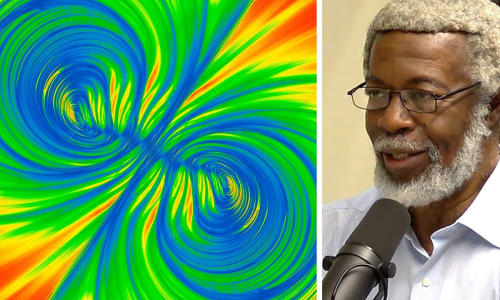See all Lex Fridman transcripts on Youtube

Jim Gates: What is Supersymmetry? | AI Podcast Clips
11 minutes 11 seconds
🇬🇧 English
Summaries Topics Transcript Chapters Titles Socials Twitter Blog Post Newsletter Quotes Quizzes Ask ChatGPT

Omnivision Solutions Ltd
- Getting Started
- Create Transcript
- Pricing
- FAQs
- Recent Transcriptions
- Roadmap